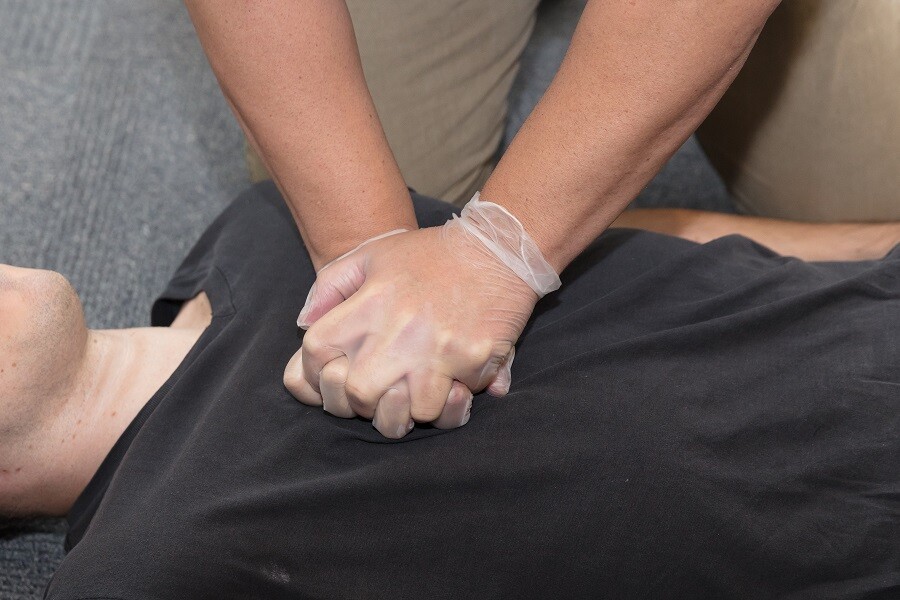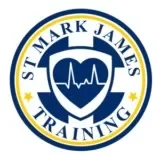Individuals suffering from a cardiac arrest in public are likely to be given CPR from bystanders in the city’s ethnic Chinese neighborhoods according to the latest research from the University of British Columbia.
When CPR is needed
The chances of survival once the heart ceases to beat without neurological damage is high when it occurs within 2.7 kilometers from a healthcare facility, but researchers also noted higher survival rates in areas of the west, southeast, and east of Vancouver which are areas not close to healthcare facilities.
According to lead researcher David Barbic, an emergency room doctor at St. Paul’s Hospital, bystanders seem eager to perform CPR in predominantly Chinese neighborhoods.

The areas with the highest rates of bystander CPR roughly correlate to the neighborhoods that tend to be ethnically Chinese. It appears that the Chinese community in Vancouver is highly receptive to deliver CPR in a public place, but it is hard to tell. The interest in first aid training in the Asian community has been strong from the last 20 years.
Prompt delivery of care
Generally, it takes some time for an ambulance to arrive, even in urban areas it is around 8 minutes. If the heart is not beating, you should perform CPR to save his/her life and when people know the steps, they are more willing to try.
Bystanders are often willing to help if they are aware of B.C.’s 1996 Good Samaritan Act which protects rescuers from liability if they injure someone during the process of delivering first aid. Furthermore, the timely delivery of CPR increases the survival rate by 2-3 times.
For more information about this story, click here to read now.
LEARN MORE
Learn how to help by enrolling in a first aid course and for more information, check out these sources:

